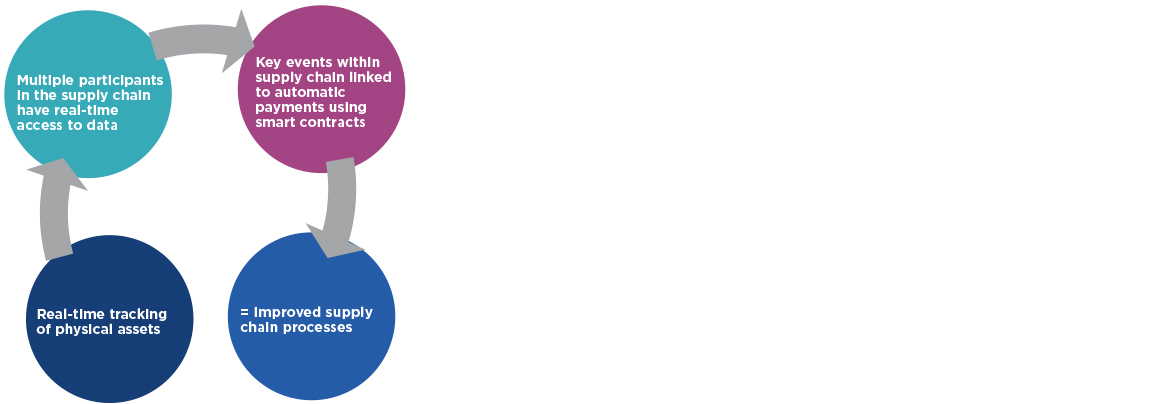25 August, 2017
Capital investment flows and the explosion of DLT projects across a multitude of industries internationally shows us that the technology which originated with the digital currency Bitcoin is exponentially shapeshifting in its use-cases and here to stay.
In early June 2017, the CSIRO’s specialist Data61 unit released two reports examining the risks and opportunities of blockchain technology in Australia. One of the reports, Risks and opportunities for systems using blockchain and smart contracts, explores possibilities for blockchain systems using three case studies. Although the adoption of blockchain technology is still in its infancy, the report gives us practical insight into how DLT as can be used in the agriculture, mining, manufacturing, and transport industries.
BLOCKCHAIN BASICS
A distributed ledger is a record of transactions or contracts maintained in decentralized form across different locations and people, eliminating the need for a central authority.
All the information on a blockchain is secured using cryptography and can be accessed using digital keys and cryptographic signatures. Once the information is stored, it becomes part of an immutable chain where previous transactions are layered into new transactions cementing the record.
While centralized ledgers are prone to cyber-attack, distributed ledgers are inherently harder to attack because all the distributed copies need to be attacked simultaneously for an attack to be successful.
Please click on the image to enlarge.
MINING INDUSTRY APPLICATIONS
The Data61 report envisages a number of potential uses for blockchain technology that are relevant for the mining industry.
Please click on the image to enlarge.
MINING SUPPLY CHAINS
One of the most promising areas for the application of blockchain technology is supply chains. The Data61 report uses agricultural supply chains as one of its case studies but many of the key points are equally applicable to the mining industry.
Distributed ledger technology can be used in supply chains to create a record of origin information and changes in ownership and handling. This blockchain record can be used to improve supply chain processes giving better logistics visibility and supply chain quality. Using DLT in the supply chain becomes increasingly powerful when its practical applications are married with advances in the internet of things and artificial intelligence.
Please click on the image to enlarge.
Australia’s biggest mining company, BHP, has already started using blockchain technology to improve its supply chain processes.1 BHP will record movements of wellbore rock and fluid samples and secure real-time data generated during delivery using blockchain. Previously BHP was using spreadsheets to try to track this information. The new blockchain platform will allow BHP to share data with its vendors allowing it to work more effectively with them and driving internal efficiencies.
If you would like to find out more about how blockchain technology may be used to improve your business, we would love to hear from you.
ENDNOTES
1 – World's Largest Mining Company to Use Blockchain for Supply Chain.
For further information, please contact:
Clive Barnard, Partner, Herbert Smith Freehills
Clive.Barnard@hsf.com

.jpg)







